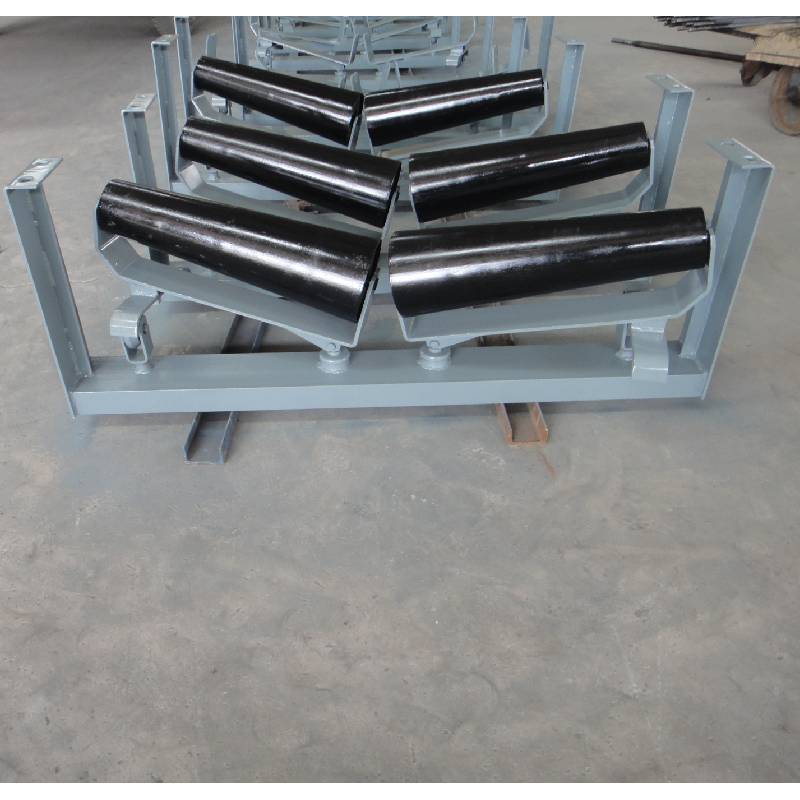 Afrikaans
Afrikaans  Albanian
Albanian  Amharic
Amharic  Arabic
Arabic  Armenian
Armenian  Azerbaijani
Azerbaijani  Basque
Basque  Belarusian
Belarusian  Bengali
Bengali  Bosnian
Bosnian  Bulgarian
Bulgarian  Catalan
Catalan  Cebuano
Cebuano  Corsican
Corsican  Croatian
Croatian  Czech
Czech  Danish
Danish  Dutch
Dutch  English
English  Esperanto
Esperanto  Estonian
Estonian  Finnish
Finnish  French
French  Frisian
Frisian  Galician
Galician  Georgian
Georgian  German
German  Greek
Greek  Gujarati
Gujarati  Haitian Creole
Haitian Creole  hausa
hausa  hawaiian
hawaiian  Hebrew
Hebrew  Hindi
Hindi  Miao
Miao  Hungarian
Hungarian  Icelandic
Icelandic  igbo
igbo  Indonesian
Indonesian  irish
irish  Italian
Italian  Japanese
Japanese  Javanese
Javanese  Kannada
Kannada  kazakh
kazakh  Khmer
Khmer  Rwandese
Rwandese  Korean
Korean  Kurdish
Kurdish  Kyrgyz
Kyrgyz  Lao
Lao  Latin
Latin  Latvian
Latvian  Lithuanian
Lithuanian  Luxembourgish
Luxembourgish  Macedonian
Macedonian  Malgashi
Malgashi  Malay
Malay  Malayalam
Malayalam  Maltese
Maltese  Maori
Maori  Marathi
Marathi  Mongolian
Mongolian  Myanmar
Myanmar  Nepali
Nepali  Norwegian
Norwegian  Norwegian
Norwegian  Occitan
Occitan  Pashto
Pashto  Persian
Persian  Polish
Polish  Portuguese
Portuguese  Punjabi
Punjabi  Romanian
Romanian  Russian
Russian  Samoan
Samoan  Scottish Gaelic
Scottish Gaelic  Serbian
Serbian  Sesotho
Sesotho  Shona
Shona  Sindhi
Sindhi  Sinhala
Sinhala  Slovak
Slovak  Slovenian
Slovenian  Somali
Somali  Spanish
Spanish  Sundanese
Sundanese  Swahili
Swahili  Swedish
Swedish  Tagalog
Tagalog  Tajik
Tajik  Tamil
Tamil  Tatar
Tatar  Telugu
Telugu  Thai
Thai  Turkish
Turkish  Turkmen
Turkmen  Ukrainian
Ukrainian  Urdu
Urdu  Uighur
Uighur  Uzbek
Uzbek  Vietnamese
Vietnamese  Welsh
Welsh  Bantu
Bantu  Yiddish
Yiddish  Yoruba
Yoruba  Zulu
Zulu Understanding the Functionality and Benefits of Vertical Guide Rollers
Understanding Vertical Guide Rollers A Comprehensive Overview
Vertical guide rollers are integral components used in various industries, particularly in material handling, manufacturing, and construction. Their primary role is to guide and support moving components, ensuring smooth and efficient operation in automated systems. The design and functionality of vertical guide rollers are critical for enhancing performance, increasing longevity, and reducing downtime in industrial applications.
What Are Vertical Guide Rollers?
Vertical guide rollers are cylindrical components mounted vertically to provide guidance for objects that move vertically. They typically consist of a bearing-supported roller that rotates smoothly around a fixed axis, allowing materials to slide, roll, or move with minimal friction. The main purpose of these rollers is to maintain proper alignment and prevent misalignment during operation, which can lead to operational inefficiencies or equipment damage.
Applications of Vertical Guide Rollers
Vertical guide rollers find applications across multiple sectors, including
1. Material Handling In warehouses and distribution centers, vertical guide rollers facilitate the movement of conveyor belts and palletizing systems. They help in aligning products for efficient loading and unloading.
2. Manufacturing In production lines, vertical guide rollers assist in the automation of assembly processes, ensuring that components are aligned correctly for further processing.
3. Construction In cranes and hoisting systems, these rollers are crucial for guiding cables and maintaining structural integrity during lifting operations.
4. Transportation Vertical guide rollers are used in elevators and escalators, ensuring smooth movement while supporting the weight being carried.
5. Textile and Paper Industries Guiding fabrics and rolls of paper through various stages of production, vertical guide rollers ensure consistency and prevent material snags.
Features of Vertical Guide Rollers
The performance of vertical guide rollers can be influenced by several key features
vertical guide rollers

- Material Composition Typically made from high-quality steel or polymer compounds, the material dictates the roller's ability to withstand wear, load, and environmental factors.
- Bearing Type The incorporation of appropriate bearing systems improves the rotation efficiency of the rollers. Common types include ball bearings and roller bearings, each suited for different load capacities and speed requirements.
- Size and Dimensions The size of the rollers is designed based on the specific requirements of the application, including the weight and size of the materials being guided.
- Load Capacity It's essential for vertical guide rollers to be rated for the specific load capacity they will encounter during operation. This ensures safety and longevity.
Advantages of Using Vertical Guide Rollers
Incorporating vertical guide rollers into machinery offers numerous benefits
1. Enhanced Efficiency By ensuring proper alignment, vertical guide rollers reduce friction and wear, leading to smoother operation and increased productivity.
2. Reduced Downtime With fewer mechanical failures due to misalignment, the overall downtime for maintenance is minimized, enhancing operational efficiency.
3. Versatility These rollers can be customized for various applications, making them versatile components suitable for different industries.
4. Cost-Effectiveness While initial costs may vary, the long-term savings from reduced wear and tear, as well as improved efficiency, can make vertical guide rollers a sound investment.
Conclusion
Vertical guide rollers play a pivotal role in modern industrial operations. Their ability to provide reliable guidance and support is vital in maintaining the efficiency and functionality of machinery across various sectors. As technology advances, the design and materials used in vertical guide rollers are likely to evolve, offering even greater performance and reliability. Whether in material handling, manufacturing, or construction, these components remain indispensable for ensuring smooth and effective operations. Understanding their function, applications, and benefits is essential for industries looking to optimize their processes and enhance productivity.
-
Revolutionizing Conveyor Reliability with Advanced Rubber Lagging PulleysNewsJul.22,2025
-
Powering Precision and Durability with Expert Manufacturers of Conveyor ComponentsNewsJul.22,2025
-
Optimizing Conveyor Systems with Advanced Conveyor AccessoriesNewsJul.22,2025
-
Maximize Conveyor Efficiency with Quality Conveyor Idler PulleysNewsJul.22,2025
-
Future-Proof Your Conveyor System with High-Performance Polyurethane RollerNewsJul.22,2025
-
Driving Efficiency Forward with Quality Idlers and RollersNewsJul.22,2025





























